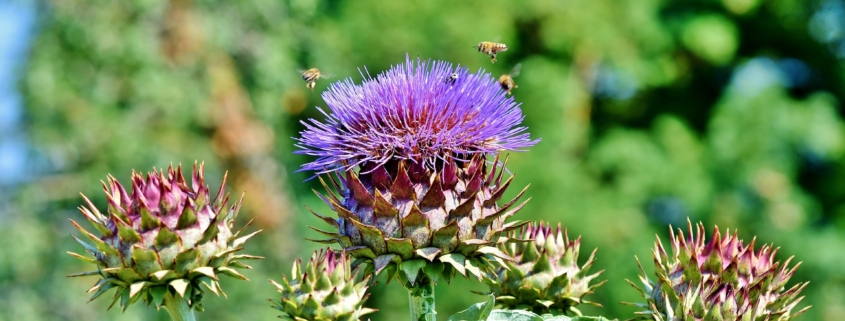Perennial Vegetables Are a Solution in the Fight Against Hunger and Climate Change
Marisha Auerbach’s home garden is an edible landscape. Archways of table and wine grapes shade the entry while tree kales, tree collards, and stinging nettles dot the pathway. Auerbach, a permaculture teacher at Oregon State University, and her partner, Zane Ingersoll, estimate roughly 80 percent of their diet comes from this 6,600-square-foot lot in Portland. About 60 percent of the garden is perennial plants, trees, and shrubs—meaning they grow all year long and don’t need to be replanted or reseeded the following year.
Perennial agriculture—including agroforestry, silvopasture, and the development of perennial row crops such as Kernza—has come to prominence in recent years as an important part of the fights against soil erosion and climate change. Not only do perennial plants develop longer, more stabilizing roots than annual crops, but they’ve also been shown to be key to sequestering carbon in the soil.
Now, a new study in the journal PLoS ONE is pointing to vegetables like the ones in Auerbach’s garden as another important addition to the list.

